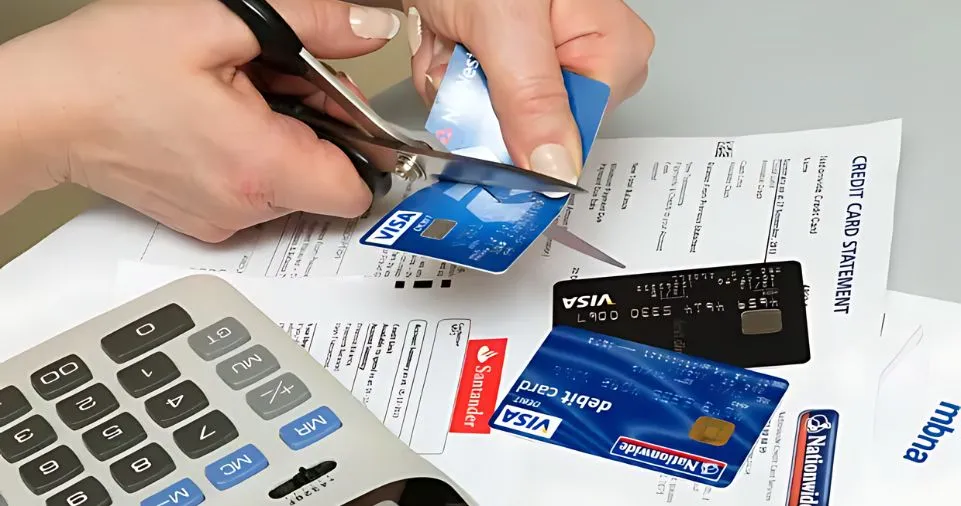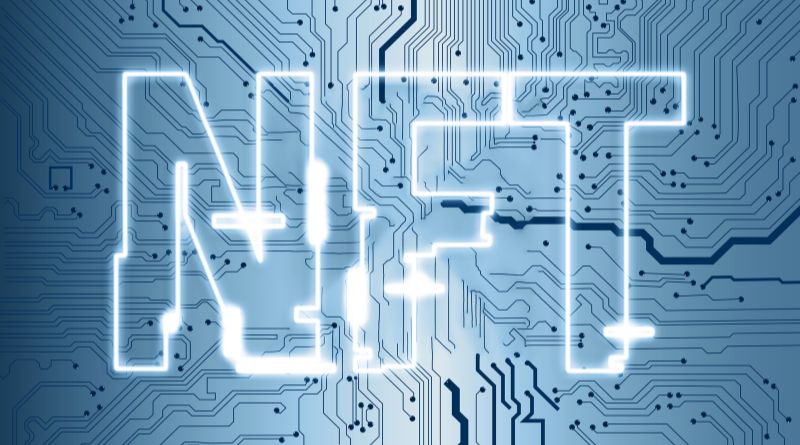Stressful and expensive is credit card debt. The favorable tidings? You can escape it, just as countless of others have done before you, experts say, albeit there isn’t a one-size-fits-all method for achieving a $0 balance. The benefits and drawbacks of each of the following six methods for paying off credit card debt are listed below:
- While keeping up with the minimum payments on all other accounts, pay off the account with the lowest amount first.
- Make the minimal payments on the remaining debts and pay off the loans with the highest interest rates first.
- Transfer your amount to a card with no annual percentage rate, then pay it off quickly.
- Use debt consolidation to your advantage by combining your debt with a personal loan, which may give a reduced interest rate. (Click here to see the lowest personal loan rates you could be eligible for.)
- Always pay more than the minimum amount due on all of your cards.
- To give a reduced rate option for consolidating high-interest debt on other loans, such as credit cards, take out a home equity line of credit (HELOC). (Click here for the lowest HELOC rates available right now.)
So, which tactic is best for you? It varies, and we speak with experts to assist you choose the most appropriate course of action.
Pay off the account with the lowest balance first, while continuing to pay the minimums on all other accounts.
Eliminating all of your lowest-balance debt might be inspiring and help you maintain your motivation as you work toward paying off your debt. The reason this approach is called the “snowball method” is because it creates momentum for paying off debt.
To do this, arrange your account balances in ascending order of least to greatest, note the minimum amount owed on each, and set aside money to cover the minimum amount owed on all except the lowest balance account.
Pay as much of the total amount owed on the account with the lowest balance as you can until all of the debt is settled, and then carry out the same process with the account that’s next on your list.
Pros and cons
Your lowest balance will determine how fast you see improvement.
This approach may serve as inspiration to keep making debt payments.
If you pay off the high-interest loan first, you can end yourself paying more interest over time.
Pay off high-interest debts first, while making minimum payments on the rest.
Known as the “avalanche method,” this is the best option financially speaking since it allows you to close your highest-interest accounts as soon as possible.
The same amount that you were paying toward that debt is transferred to the account with the next highest interest rate once the account with the biggest balance has been paid off. After that, you keep doing this until all of your accounts are at the bottom of the list. You always make the minimum payments on all of your loans, of course.
Pros and cons
- Prioritizing your loans with the highest interest rates can help you save the most money.
- It is possible to reduce the amount of interest you pay.
- First, progress may be sluggish.
- Making a dent in huge sums might take time.
- Maintaining motivation might be difficult.
Do a balance transfer to a 0% APR card and aggressively pay that down.
Simply said, a balance transfer allows you to shift high-interest debt from one credit card to another, where interest is waived for a certain amount of time, often up to 21 months. (Here are a few of the top 2022 balance transfer credit cards.)
According to NerdWallet personal financial expert Sara Rathner, “Once the promotion ends, the interest rate goes back up, so if you can, pay down your debt completely while it’s interest-free.”
Opening a new credit card with an interest-free promotional period is necessary to take advantage of a 0% balance transfer card. Ted Rossman, senior industry analyst at Bankrate, says that due to the high interest rates, this is his preferred method of paying off debt.
Be strict about making the payment. Since the interest rate will increase once the promotional period expires, I advise against using the card for any further transactions, advises Rossman.
Divide the amount you owe by the number of months remaining on your 0% period to create a successful payment plan. Since you won’t be paying interest, attempt to adhere to your monthly payment schedule to reach a $0 debt by the time your standard APR begins. (Here are a few of the top 2022 balance transfer credit cards.)
If you have many thousand dollars in credit card debt, you may save hundreds of dollars since there is no interest to be paid. According to Rossman, “there is typically an upfront transfer fee of 3% to 5% of the amount being transferred, but it can still be very worthwhile.”
However, depending on the card, transferring a debt can need a good credit score, so it might not be a possibility for everyone. Even a one-time price of 3% to 5% of your current debt to start a balance transfer may be more preferable than paying 20% or more in annual percentage rate, according to Ewen. “Ideally, this card would also have no annual fee and would charge a $0 fee for balance transfers.”
Pros and cons
- might help you save money by avoiding interest payments.
- demands self-control to pay off the credit card before the intro period expires.
- There can be an annual charge on the card or a cost to transfer the amount.
Take advantage of debt consolidation using something like a personal loan, which could offer a lower interest way to consolidate debt.
One common way to consolidate debt is to take out a personal loan. If your credit is strong, you may be able to secure a loan with an interest rate that is much lower than the one on your credit card. “This is a better option than paying 15% to 20% on credit cards because you can use it to pay off your higher-cost credit debts and then repay the personal loan company,” adds Rossman. Here are the lowest personal loan rates that you could be eligible for.
Enroll in a debt management program provided by a respectable nonprofit credit counseling organization, like Money Management International, as an additional method of debt consolidation. According to Rossman, “these typically involve a 6% rate spread over five or more years plus nominal monthly fees.”
“A credit card consolidation loan is something that is offered by several internet lenders. They’ll essentially combine many payments into one, sent on a monthly basis over a certain period of time, to pay down the amounts on your high-interest credit cards, according to Ewen.
Pros and cons
- You must own excellent credit.
- Along the road, a nonprofit credit counseling organization may provide you invaluable guidance.
- A personal loan will need one equal monthly payment from you.
- Budgeting may be simpler for
- This really only makes sense if the loan’s rate is lower than the rest of your cards since these loans have their own APRs.
- If your credit score is poor, you may not be able to qualify for the lowest rates since certain lenders prefer excellent credit ratings.
Paying more than the minimum on your cards at all times.
In an ideal world, everyone would pay off their credit card debt in full each month, eliminating the need for interest. Regretfully, only around 50% of cardholders possess the ability.
It still makes sense to pay the maximum amount above the minimum that you are able to even if you are unable to pay the whole monthly statement balance. The interest costs usually won’t be too expensive if you simply hold a debt for a little period of time, according to Rossman.
Pros and cons
- Making minimal payments can keep you trapped in a debt cycle for years; making larger payments will break the loop.
- You may completely avoid debt if you make your monthly bill payments in full.
- The great majority of credit card companies don’t charge late fees for payments made throughout the cycle.
- Doing this while you’re having trouble paying other payments might be difficult.
Take out a home equity line of credit (HELOC) to provide a lower interest way to consolidate high-interest debt.
HELOCs may help borrowers with significant home equity consolidate high-interest debt, such as credit card debt.
The typical structure of a HELOC consists of two parts: a 10-year draw period and a 20-year payback period, which together provide a 30-year duration. During the draw time, the borrower may take out as much or as little as they like; however, once the payback term starts, the borrower cannot take out any more money and must start repaying the principle amount plus interest.
A HELOC borrower’s available funds will fluctuate since the loan amount is determined on the amount of equity in the borrower’s property. View the most affordable HELOC rates available here.
Pros and cons
- For homeowners with high levels of equity in their properties, HELOCs are often among the most cheap lending options.
- You risk losing your house if you don’t pay back your HELOC.
- To be eligible, you may need to have strong credit, low debt-to-income ratios, and significant equity in your residences.
ALSO READ:
Other things to know
In the end, whatever strategy you decide on, you probably need to set aside money in your budget to pay off your debt. “Make a list of everything you buy with money each month to get started. Just put it in writing and don’t condemn yourself, advises Rathner. Next, thoroughly examine the monthly take-home pay that you anticipate earning. “Make a list of all the necessary expenses, such as housing, groceries, and utilities, and keep a close check on your discretionary spending,” advises Ewen.
According to a recent survey by Bankrate, 51% of Americans who have ever had a membership or subscription account have encountered unauthorized charges. It’s easy to overlook free trials that end up becoming paid memberships. According to Rossman, “even things you once voluntarily paid for may now be wasteful.” Seek other methods to enhance your thoughtfulness as a buyer. Although you don’t have to give up on everything, Rossman advises carefully considering whether or not anything is fulfilling your needs and adding value to your life.
Tools and resources
You may browse for credit cards, loans, and other financial goods with the aid of this debt payoff calculator and these comparison tools. Online calculators for credit card balance transfers, loan consolidations, and minimum credit card payments are helpful for figuring out interest rates, monthly payments, and how soon you’ll be able to pay off your debt.
The most valuable resource is ultimately your own analysis. “Take the time to carefully review your finances, cut out any unnecessary discretionary spending, and work diligently to pay off your outstanding debt as quickly as possible. Every consumer has different spending patterns and debt balances,” advises Ewen.


